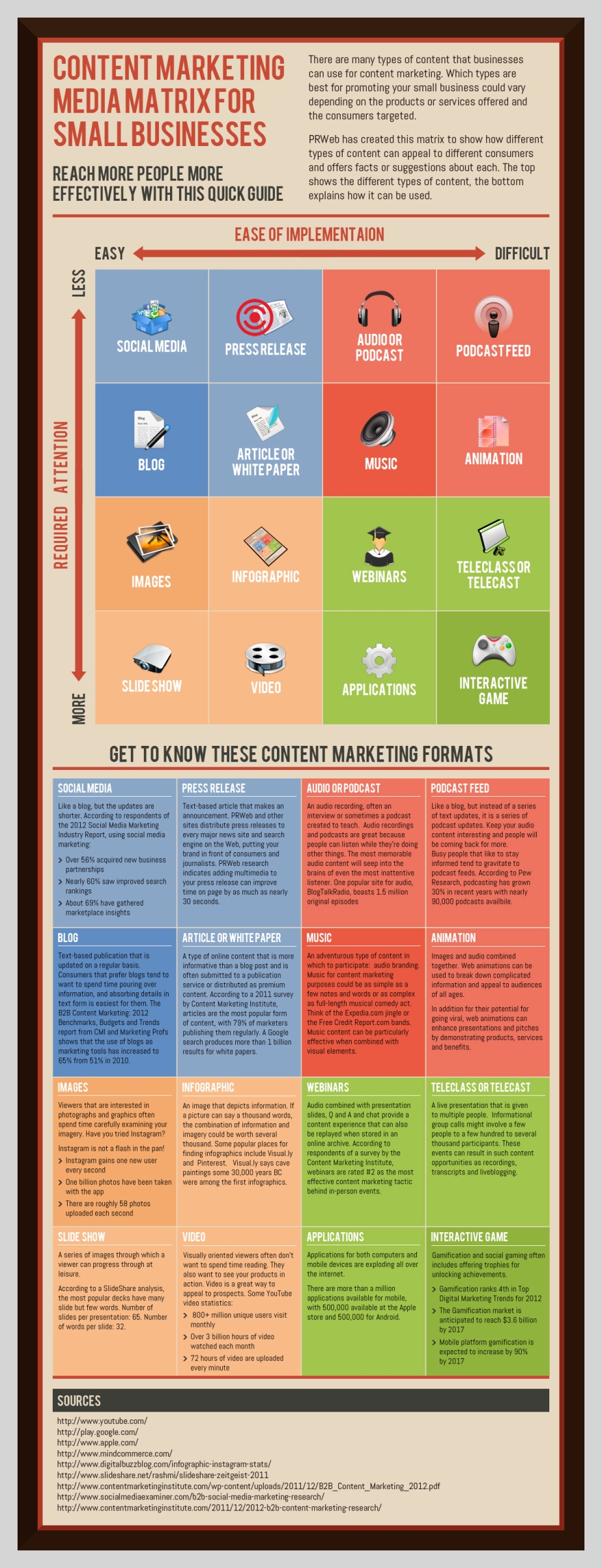In a recently published EUROSTAT publication, the authors demand innovative forms of communication from public statistics in order not to lose their socially important role. Among other things, they demand ‘…. to tell stories close to the people; to create communities around specific themes; to develop among citizens the ability to read the data and understand what is behind the statistical process.’
Telling Stories
The UNECE hackathon  that has just been completed responds to this challenge.
that has just been completed responds to this challenge.
‘A hackathon is an intensive problem-solving event. In this case, the focus is on statistical content and effective communication. The teams will be challenged to “Create a user-oriented product that tells a story about the younger population”. During the Hackathon, fifteen teams from nine countries had 64.5 hours to create a product that tells a story about the younger population. The teams were multidisciplinary – with members from statistical offices and other government departments. The product created should be innovative, engaging, and targeted towards the general public (that is, not specialists). There was no limit on the form of the product, but the teams had to include a mandatory SDG indicator in the product.
The mandatory indicator was “Proportion of youth (aged 15-24 years) not in education, employment or training” SDG indicator (Indicator 8.6.1).‘ (Source)
Winners
And the hackathon shows impressive results, even if only a few organisations have participated.
The four winners are:
My Favourites
My favourites are number 3 from the National Institute of Statistics and Geography (INEGI-Mexico) and number 2 from the Central Statistical Office of Poland.
Why?
The Mexican solution…
…is aesthetically pleasing and easy to use. The interaction is left to the user and can be individually controlled by him/her in the speed.
The diagrams do not stand alone, but are explained by short texts while scrolling.
The results are not just being accepted. Rather, the concepts are explained and questioned – statistics are presented with the methodological background.
The Polish solution…
…starts with a jourmalistic approach. Here too, the interactivity can be controlled by the user at the desired speed.
At the end, the authors also seek direct contact with the users; a quiz personalizes the statistical data and gives an individual assessment of where the users stand personally with regard to these statistics.
Success Factors
The two applications mentioned above combine decisive user-friendly features:
– visually attractive,
– easy-to-understand navigation that can be controlled by the user according to his needs,
– the journalistic approach,
– concise and instructive explanations,
– personalization,
– hints on the methodological background.
Many of the other applications show the frequently encountered weaknesses: Too much information should be provided, no courage to leave something behind and concentrate on the most important elements. And this leads to long texts and complex navigation with the effect that users quit quickly.





























